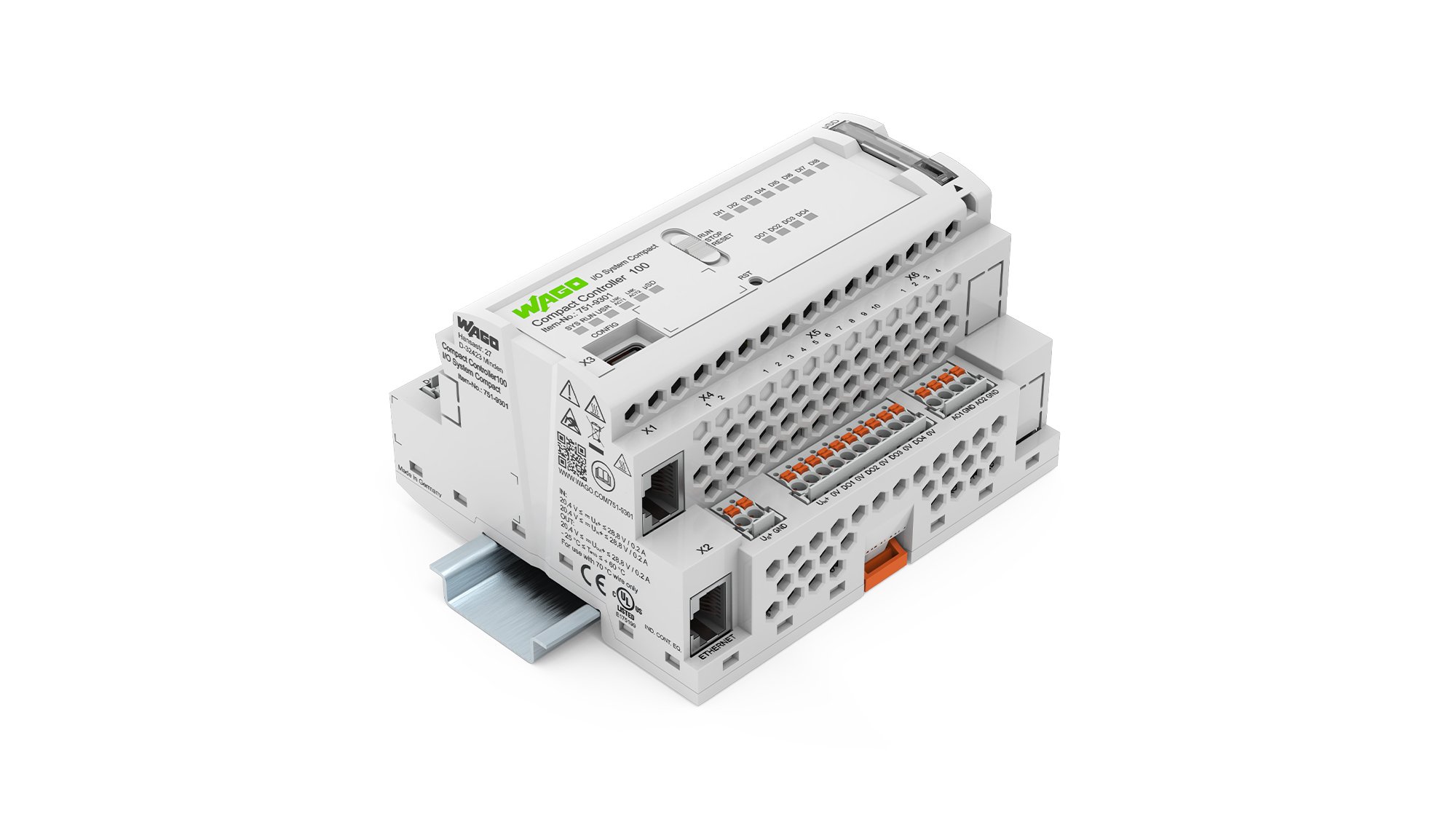AC/DC charging parks
- For small, medium or large charging parks
- 1 to 225 charging points per controller
- Combination of fast loaders, charging stations and wallboxes
- Power of integrated charging stations: 11 kW to 350 kW
- Mixed parks: Combination of AC and DC chargers
Individual Control
- Control per charging point, charging group or overall park
- Merge charging points into charging groups
- Individual adaptation to the electrical infrastructure, considering the connection power
- Prioritization of different charging points and groups
Inverter Integration
- Consideration of renewable energies and storage systems
- Support for the Sunspec protocol
- Increase performance availability through PV and storage integration
- Excess PV charging and charging from 100% self-generated energy possible
Preventing Peak Loads
- Dynamic and static load management help prevent peak loads.
- Avoiding peak loads is essential for cost reduction, ensuring a reliable power supply and minimizing environmental impact.
















